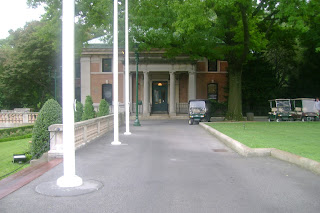Fraxinus
Fraxinus may be just a game to us but it's actually a whole lot more than you think. Fraxinus is a game that was created by scientists to give us individual people a way to help save the Ash trees. Scientists say that across the UK, the ash tree is being infected by the deadly Chalara fungus. Something in the ash's genetic code is vulnerable to Chalara. It is causing the tree to suffer from deadly disease called Ash Dieback.
In Fraxinus you match up DNA as best as you can by moving pieces of it, deleting nucleotides (the building blocks of DNA), or creating gaps. Though its main function is to save Ash Trees; it is also a fun and competitive game, and you can try this game right on Facebook. So just go on Facebook and look up Fraxinus; if you can't find it, then go on bridging the gaps Facebook wall (The profile picture is a gorilla) and look for the game Fraxinus. You can also click on the link below, but you will need to sign in via Facebook. Have fun and enjoy!
-Anthony Chesser
























